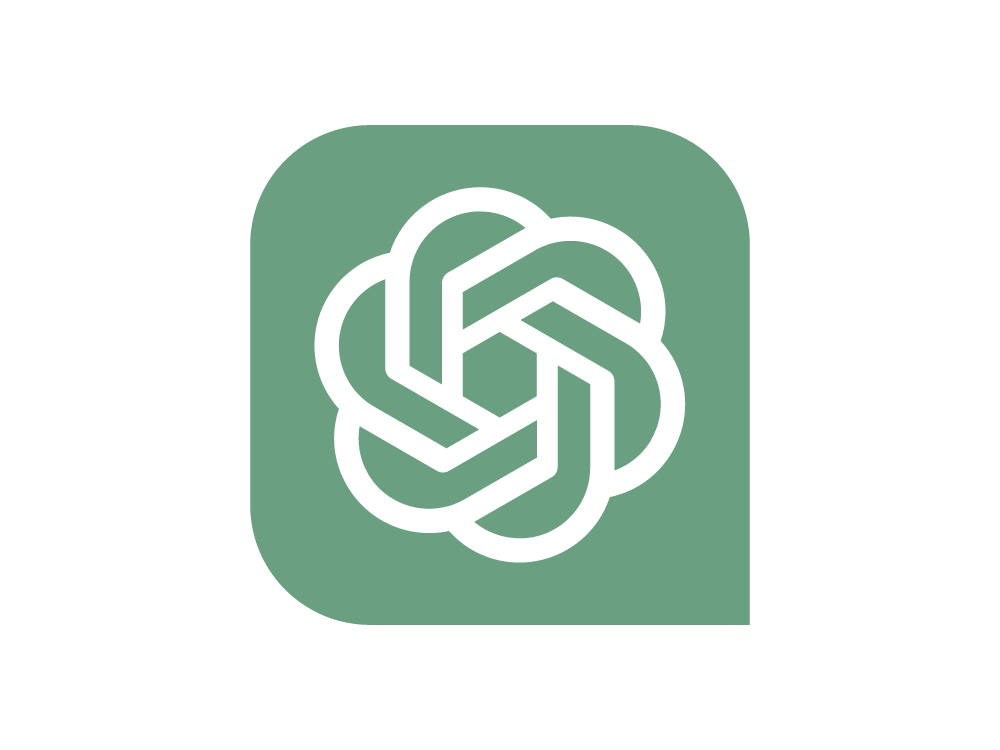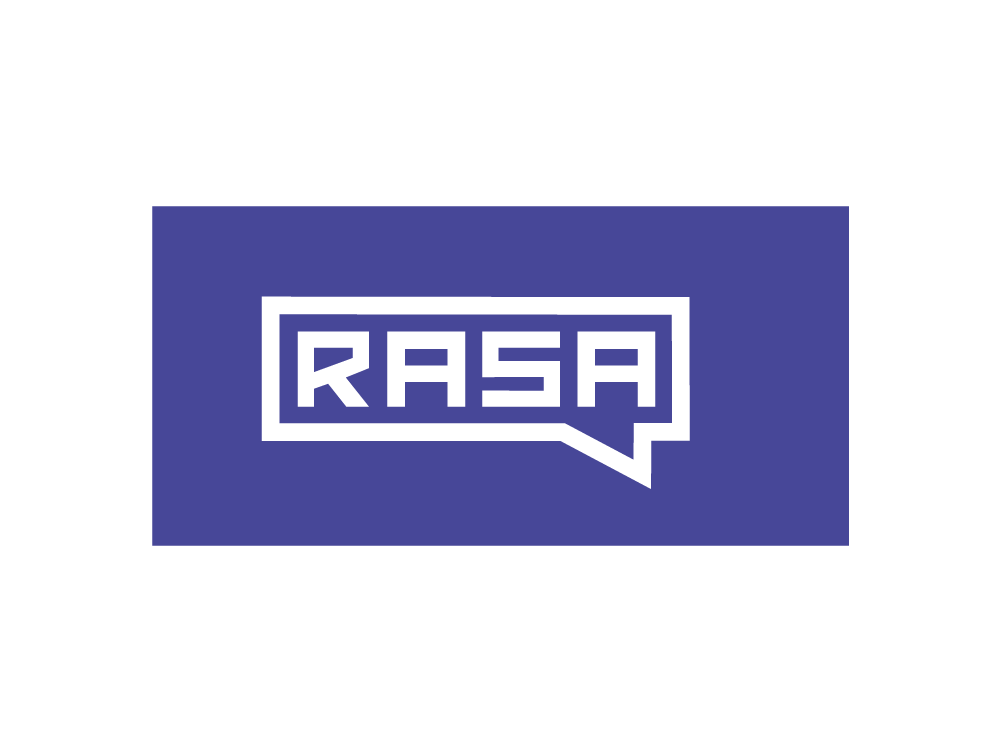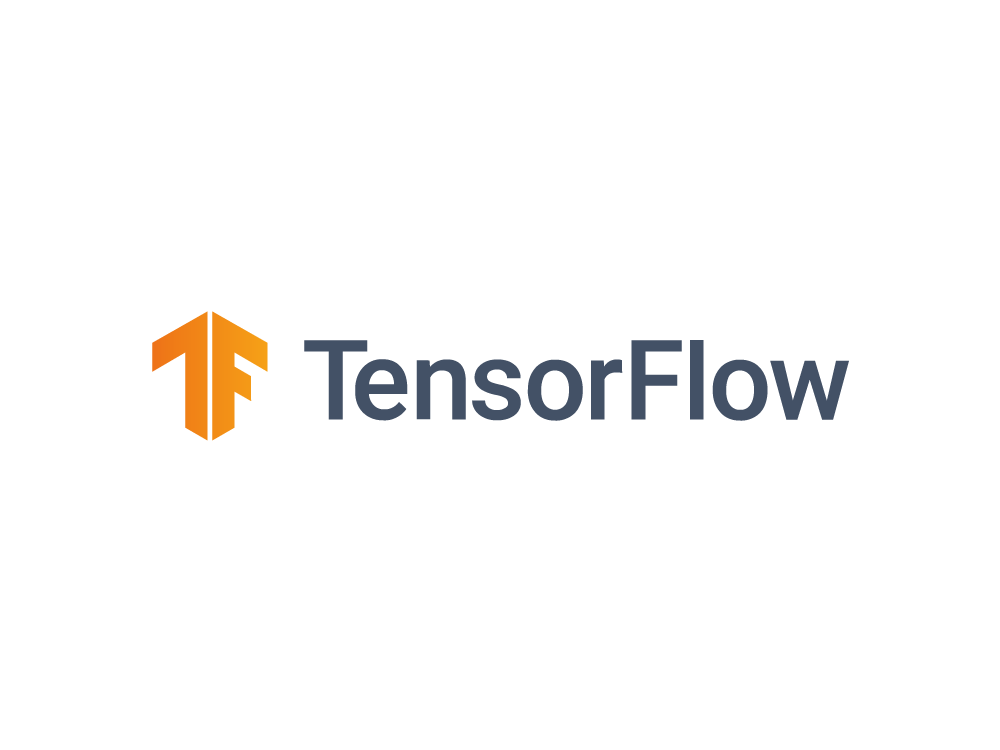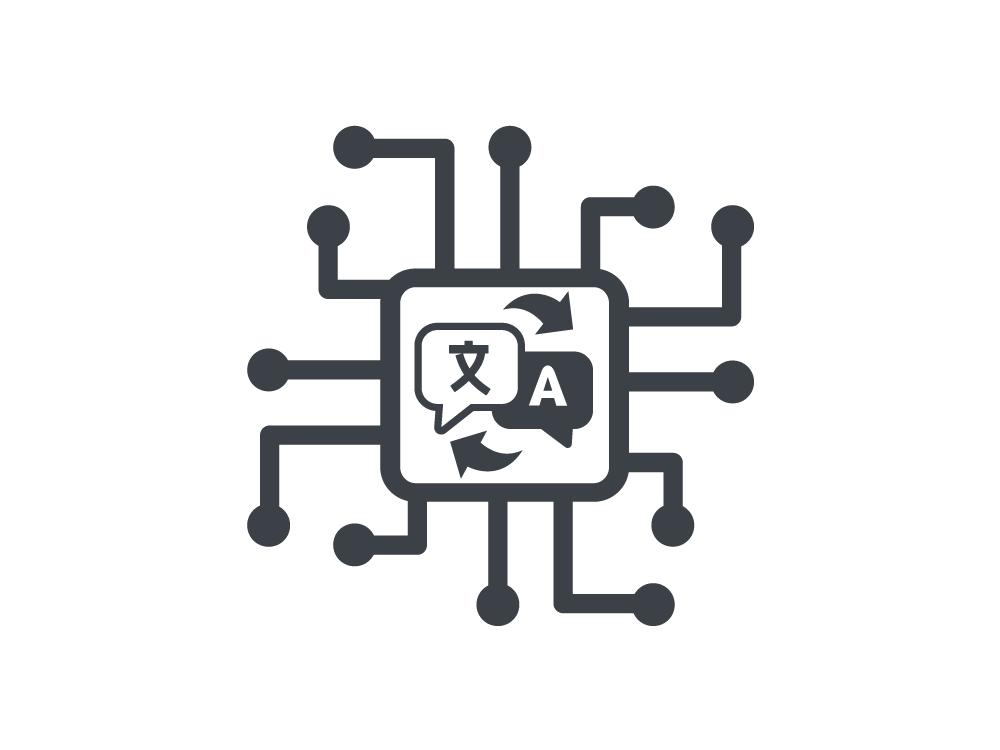Prompt Engineering - Strategic consulting in the field of artificial intelligence
B2B companies will increasingly rely on Artificial Intelligence (AI) to improve their processes and gain competitive advantage! Effective and efficient use of AI is therefore crucial. The concept of Prompt Engineering was developed to help companies leverage the full power of AI and optimize their business processes. This article will define the term"prompt engineering," discuss the challenges of implementing AI in the enterprise, provide 20 examples with detailed guidance, and discuss the implications for the workplace. Finally, a comprehensive conclusion will be provided.
| Definition of Prompt Engineering: developing and optimizing text prompts to improve the performance of AI models. | Relevance to digital transformation: improving customer interaction and supporting digital strategy development. | Services provided by mprofi AG: Support for technology selection, strategy coaching and provision of solutions for digital transformation. |
Prompt Engineering and why it matters for the Artificial Intelligence revolution
Prompt Engineering is an approach to AI model development that aims to simplify and make more efficient the implementation and maintenance of AI models. It involves the use of simple and clear interfaces for interaction between the AI model and other systems, as well as the integration of AI into the organization's existing IT infrastructure. It also includes the use of robust and scalable architectures for AI models that are able to handle large amounts of data and meet high processing speed requirements.
Explanation of the term "Prompt Engineering
Prompt engineering refers to an approach used in the development of AI models. This is to ensure that they can be implemented quickly and efficiently. The concept is based on the idea that an AI model must not only deliver good results, but also be easy to implement and maintain in order to add real value to businesses.
Prompt engineering involves the use of simple and clear interfaces for interaction between the AI model and other systems, as well as the integration of AI into the company's existing IT infrastructure. It also includes the use of robust and scalable architectures for AI models that are able to handle large amounts of data and meet high processing speed requirements.

Overview
Implementing AI in the enterprise is a complex task that presents many challenges. Some of the biggest challenges are:
- Lack of expertise
AI is a relatively new and fast-growing field that requires a deep understanding of mathematics, statistics and programming. Many companies do not have enough skilled people to develop and implement AI models.
- Data quality
AI models are only as good as the data they are trained on. If the data quality is not good, the AI models will not be good either.
- Integration into the existing IT infrastructure
Integrating AI into the company's existing IT infrastructure can be difficult, especially when dealing with older systems that are not designed for AI.
- Privacy and security
AI models may contain sensitive information, and organizations need to ensure they are able to protect the data and secure the models from attack.
- Change management
The introduction of AI may require changes to workflows and company culture, which requires a comprehensive change management strategy to ensure that everyone in the organization is prepared.
The motivation behind prompt engineering can be difficult to understand at first glance, so let's describe the idea with an example.
Imagine you set up an online food delivery platform and you have thousands of images of different vegetables to add to the site.
The only problem is that none of the metadata of the images is a description of which vegetable is in which image.
At this point, you could tediously sort the images by putting images of potatoes in the Potatoes folder, images of broccoli in the Broccoli folder, and so on.
You could also run all the images through a classifier to make sorting easier. But as you can see, labeled data is still needed to train the classifier.
Using the prompt technique, you can write a text-based prompt that you think will give the best results in classifying the images.
For example, this could be the prompt Show model "a picture of potatoes". Critical to rapid engineering is the structure of this prompt - or instruction - that defines how the model recognizes images.
It is often a matter of trial and error to write the best prompt. In fact, the prompt "a picture of potatoes" is very different from the prompt "a photo of potatoes" or "a collection of potatoes".
Below are 20 examples of how companies can apply prompt engineering to implement AI models more effectively and efficiently.
1. Chatbot implementation:
By implementing chatbots, companies can improve their customer service and save costs at the same time. Chatbots can be available 24/7 and answer queries automatically. This can be implemented by integrating speech and text recognition software and machine learning algorithms.
2.Data analysis with AI:
Companies can use AI methods to analyze their data more effectively and gain valuable insights from it. By applying machine learning algorithms, data can be analyzed faster and more accurately, leading to more informed decisions.
3. Introducing personalization:
Personalization is a major trend in marketing and can be implemented using AI methods. Companies can use machine learning algorithms to create personalized offers and recommendations for customers based on their preferences and behavior.
4. Process automation:
AI methods can also be used to automate and optimize business processes. By automating processes, companies can increase efficiency and reduce costs.
5. Introduction of Predictive Maintenance:
By applying AI methods such as machine learning, companies can introduce predictive maintenance. This means that maintenance work on machines and equipment is carried out automatically before a failure occurs.
6. Image recognition:
Companies can use image recognition using AI methods such as Deep Learning algorithms. This allows images to be automatically categorized and tagged, enabling more effective management of imagery.
7.Application of speech recognition:
By applying speech recognition technologies, companies can streamline their work processes. Speech recognition can be used to transcribe dictation, process calls, and automatically respond to customer inquiries.
8. Introducing Virtual Assistants:
Virtual Assistants can help companies streamline their work processes and improve customer service. They can be developed using AI methods such as natural language processing and machine learning algorithms.
9. Fraud detection:
By applying AI methods such as machine learning, companies can implement fraud detection. This can be used, for example, in the e-commerce sector to identify and prevent fraud attempts on online orders.
10. Development of robotics solutions:
Companies can use AI methods such as machine learning to develop robotics solutions. These can be used in the manufacturing industry, for example, to automate and optimize work processes.
Prompt Engineering:
- Comprehensive Guide: https://github.com/dair-ai/Prompt-Engineering-Guide
- E-Book on the topic: https://prompt.mba
- Udemy Courses: https://www.udemy.com/course/chat-gpt/
- Learn Prompting: https://learnprompting.org/
- Overview Prompts: https: //prompts.chat
ChatGTP:
- Collection of Prompts: https: //github.com/f/awesome-chatgpt-prompts/
- Inspiring examples: https://mpost.io/100-best-chatgpt-prompts-to-unleash-ais-potential/
Midjourney:
Our AI offer
Impact on the future world of work
Prompt engineering and AI in general will fundamentally change the way businesses operate. We can expect many manual and repetitive tasks to be automated, new professions and work profiles to emerge, workflows to become more efficient, customer interactions to improve, and business profitability to increase. To cope with these changes, companies need to ensure that their employees are able to handle and work with AI models.

Prompt engineering as a key element
In biology, emergence is an incredible property where parts that come together because they interact exhibit a new behavior (called emergence) that cannot be seen at a smaller scale.
Even more incredible is that although the smaller scale version appears to be similar to the larger scale version , the fact that the larger scale consists of more parts and interactions, it ends up showing a completely different behavior.
And there's no way to predict what that might or will look like.
That's the beauty (for better or worse) of scaling!
The most exciting aspect of the current AI revolution is that new features of machine learning models deployed at scale are emerging.
And it all started when it became possible to have these artificial intelligence models trained in an unsupervised manner. Unsupervised learning has indeed been one of the key tenets of this AI revolution, and it has also been the solution to AI's advances in recent years.
Prior to 2017, most AI systems worked with supervised learning. This used small, structured data sets that could be used to train machine learning models for very limited tasks.
After 2017, with the introduction of a new architecture called Transformer, things started to change.
This new architecture could be used with an unsupervised machine learning approach. The machine learning model could be pre-trained on a very large, unstructured data set with a very simple objective function: Text-to-text prediction.
Excitingly, in order to learn how to do text-to-text prediction (which may sound like a very simple task), the machine learning model began to learn a set of patterns and heuristics around the data on which it was trained.
This enabled the machine learning model to learn a variety of tasks.
The big language model began to infer patterns from the data and reuse them when performing new tasks, rather than trying to perform a single task.
That was a fundamental revolution. The other revolution that came with GPT-3 was the ability to initiate these models.
In short, it allows these models to further learn a user's context through natural language learning. This could dramatically change the output of the model.
This other aspect also arose from the fact that no one had explicitly asked for it. In this way, we obtained context-based prompt learning as a core feature of current machine learning models.
Prompt engineering is one of the key elements of the current AI paradigm.
One of the most interesting aspects of prompt engineering is that the scalability of the Transformer architecture to train large language models has proven to be a new feature.
Just as the requests you make can backfire, the way you express what you want the machine to do can dramatically change what comes out.
And what's the most interesting thing about this?
Prompting was not a feature developed by experts in the field of artificial intelligence. It was a nascent function. In short, through the development of these huge machine learning models, prompting became a way to get the machine to do what you asked it to do.
No one asked for this feature, it just happened!
In the history of artificial intelligence (AI), AI has been evolved and homogenized. With the introduction of machine learning, examples are used to automatically infer how to perform a task. Deep learning is used to develop the high-level features used for prediction, and base models are used to develop even more advanced functionalities, such as contextual learning. At the same time, machine learning homogenizes learning algorithms (e.g., logistic regression). Deep learning homogenizes model architectures (e.g., Convolutional Neural Networks) and base models homogenize the model itself (e.g., GPT-3).
Prompt engineering is a process used in AI. It involves converting one or more tasks into a prompt-based dataset that represents a language model that is then trained to learn.
Update: 05.10.2023: Introduction: what is prompt engineering and why is it important?
Prompt engineering is not just a technical term in the world of artificial intelligence (AI); it is an art form that allows us to realize the full potential of generative AI technologies. In this guide, we'll go over how you can use prompt engineering to achieve more efficient and higher quality results in your daily work.
Key messages
- Prompt engineering as a means to optimize generative AI.
- Applicability in various sectors such as marketing and data analytics.
- Increasing the efficiency and quality of generated content.
The process of prompt engineering: a thorough approach
The mechanism behind prompt engineering
The process of prompt engineering allows us to formulate instructions or "prompts" in such a way that they produce the desired results from an AI technology. Unlike traditional methods, which often produce random results, prompt engineering provides a systematic approach to obtaining accurate and useful answers.
The analogy of building Lego: understanding through action
The best analogies are often the simplest. Think of Prompt Engineering as building with a Lego set. It involves combining individual "building blocks" in the form of prompts to create a useful, complete picture. The better the building blocks are combined, the more impressive the end result.
Key points
- Systematic approach for precise results.
- Similarity to Lego building: putting individual elements together for a complete result.
The seven fundamentals for effective prompt engineering
Goal orientation, clarity and context
One of the first steps in prompt engineering is to clearly define the goals. What do we want to accomplish? A clear understanding of the goals leads to targeted use of AI tools, whether ChatGPT for text generation or Midjourney for image-to-text applications.
Language subtleties: Length, tone and style
Understanding language is essential in prompt engineering. Choosing the right words, tone, and style can significantly help improve the quality of generated content. You should familiarize yourself with the different styles and authors implemented in AI tools.
Key points
- Importance of a clear objective.
- Importance of linguistic elements in prompt creation.
Iterative improvement through follow-up prompts
Continuous optimization as the key to success
Follow-Up Prompts are an advanced technique in prompt engineering. They allow us to iteratively refine and improve AI-generated content. This method leads to better control and predictability of results.
Best practices for using follow up prompts
There are several best practices for using Follow-Up Prompts effectively. These range from narrowing the context to precisely specifying the desired output.
Key points
- The role of Follow-Up Prompts in quality improvement.
- Best practices for effective use of Follow-Up Prompts.
Conclusion: The Power of Prompt Engineering for Your Efficiency
Prompt engineering is more than just a tool; it's a skill that anyone can learn to harness the full potential of AI across multiple domains. Through a systematic approach and continuous improvement, you can significantly increase the quality and efficiency of your work.
Key points
- Prompt engineering as an essential skill for maximizing efficiency.
- Systematic and iterative methods for continuous improvement.
We hope that this comprehensive guide will give you valuable insights into the world of prompt engineering and encourage you to apply these powerful techniques in your daily work.
Services and How can we help you?
FAQ
Various industries can benefit from advances in prompt engineering, especially those that rely on data-driven decision-making and automation. For example, in the financial sector, prompt engineering can leverage improved AI systems for fraud prevention, customer service, and risk analysis. In the healthcare sector, improved AI systems can help with diagnostic support, patient engagement, and health data management. The logistics sector can also benefit by using prompt engineering to deploy optimized AI systems for route planning, inventory management, and demand forecasting3.
Starting a career in prompt engineering typically requires a strong background in computer science, machine learning, and/or natural language processing. A bachelor's or master's degree in a relevant field can be a good starting point. In addition, hands-on experience with relevant tools and technologies is critical. There are also specialized courses and certifications in machine learning and NLP that can help acquire and demonstrate the necessary skills.
With advances in AI and machine learning, prompt engineering is also evolving. The introduction of new technologies and methods, such as advanced NLP techniques, can improve the effectiveness of prompt engineering strategies and create new opportunities for innovative applications. In addition, the advancement of AI technology enables more efficient analysis and processing of data, which in turn improves the ability to design and optimize effective prompts.
Conclusion
Prompt engineering is an important approach for more effective and efficient implementation of AI models. By using prompt engineering, companies can ensure that their AI models are tailored to their specific requirements and work efficiently.
The implementation of AI models will change the world of work: Many manual and repetitive tasks will be automated, and the way companies work will change. To reap the benefits of AI and prepare for the changes in the world of work, companies need to implement a comprehensive change management strategy that ensures that all stakeholders are prepared for the changes.








